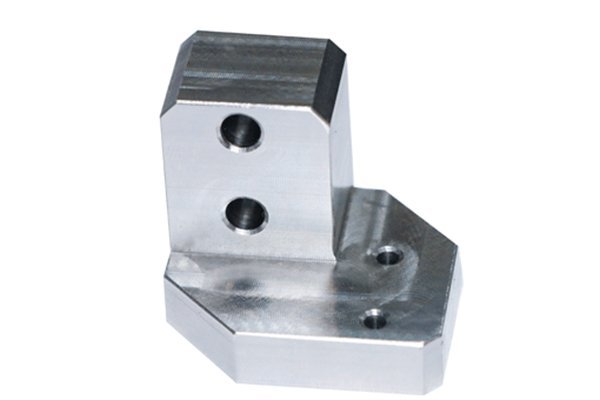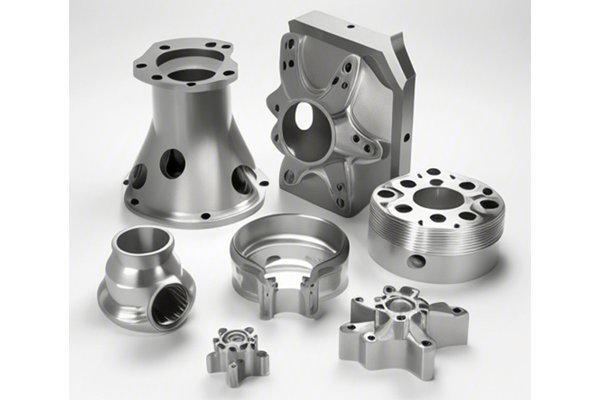Did you know that the CNC (computer numerical control) machining industry is expected to reach a market value of over $100 billion by 2025? This staggering growth underscores the increasing reliance on CNC technology to produce precision parts across various sectors, including aerospace, automotive, and industrial manufacturing. In particular, CNC turning has emerged as a favored technique for fabricating high-precision aluminum components, thanks to its ability to deliver accuracy, efficiency, and flexibility.
In this blog, we will explore the benefits of using CNC turning for high-precision aluminum parts, delve into the intricacies of the CNC turning process, illustrate its applications, and shed light on key considerations for manufacturers aiming to adopt or enhance their CNC turning practices.
CNC turning is a machining process that involves rotating a workpiece against a cutting tool to create cylindrical parts with precision dimensions. The machine is programmed to perform a series of operations, including cutting, drilling, and finishing, all governed by a computer program. This automation reduces human error, enhances product consistency, and increases throughput.
CNC machines come in various configurations, including horizontal and vertical lathes, each designed to perform specific tasks. The capability of CNC turning machines to reshape materials like aluminum with exceptional accuracy makes them a preferred choice for many manufacturers.
Precision is at the heart of manufacturing, particularly in industries that rely heavily on performance and safety. According to a study by the National Institute of Standards and Technology (NIST), the economic impact of standardization and precision in manufacturing can amount to billions of dollars annually. In sectors such as aerospace and medical device manufacturing, even minor inaccuracies can lead to catastrophic failures or costly recalls.
High-precision parts can also improve the overall performance of finished products, leading to enhanced efficiency, reliability, and longer service life. Ensuring that components meet exact specifications is essential for maintaining a competitive edge in today’s fast-paced market.
CNC turning machines can achieve tolerances as tight as ±0.001 inches, ensuring that the finished product meets exact specifications. This level of precision is crucial for industries where performance relies on precise measurements.
Once a CNC program is created, it can be run repeatedly to produce identical parts with consistent quality. This repeatability minimizes variations and helps in maintaining production quality, which is especially important for large batches.
CNC turning allows for the creation of complex geometries and intricate designs that would be challenging to produce with traditional machining techniques. Advanced CAD (computer-aided design) software enables manufacturers to update designs quickly and easily.
Aluminum is a lightweight, durable material that is easily machined. CNC turning is particularly effective for aluminum due to its machinability, making it suitable for various applications, including automotive, aerospace, and consumer electronics.
The automation inherent in CNC turning significantly shortens production lead times. Manufacturers can quickly transition from prototyping to production, meeting market demands with agility.
Although the initial investment in CNC machinery may be high, the cost savings over time can be substantial. This results from reduced material waste, lower labor costs, and less rework due to precision manufacturing.

The CNC turning process follows several steps, encompassing design, programming, and machining:
CNC turning is utilized across a range of industries, and its versatility makes it suitable for numerous applications, including:
To maximize the benefits of CNC turning, manufacturers should consider the following factors:
Despite the numerous benefits, manufacturers may face challenges in CNC turning:
As the CNC machining industry evolves, several trends are emerging:
CNC turning is not just a manufacturing process; it represents a crucial component of precision machining that fosters accuracy, efficiency, and innovation. Capitalizing on the advantages of CNC turning for high-precision aluminum parts ensures that manufacturers meet the exacting requirements of various industries while maintaining flexibility and cost-effectiveness.
In this competitive landscape, embracing advanced CNC turning techniques, understanding industry applications, and staying abreast of technological advancements are paramount. The insights shared in this blog should serve as a guiding framework for organizations looking to refine their CNC turning practices or explore the potential of this transformative technology.
As you navigate the complexities of precision machining, remember that leveraging CNC technology can empower your business, enhance product quality, and ultimately pave the way for sustained success in the evolving manufacturing landscape. Whether you are a seasoned manufacturer or a newcomer to the CNC world, the importance of investing in precision cannot be overstated—it’s not just an operational advantage; it’s a pathway to excellence.






